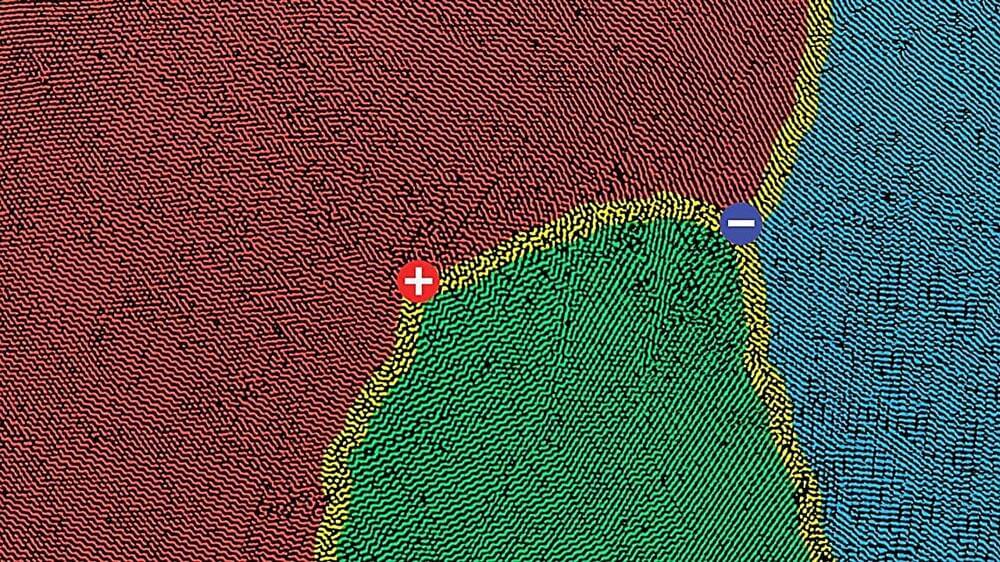Jul 24, 2024
This Plant Is So Extreme Scientists Think It Could Thrive on Mars
Posted by Genevieve Klien in categories: engineering, environmental, space
Mosses are among Earth’s great terraformers, turning barren rock into fertile soils, and now a team of scientists is proposing these non-vascular plants could do the same on Mars.
Whether we should introduce life from Earth onto our red neighbor is another question – we don’t have a great track record with this on our own planet.
But if we decide it’s worth messing with soil on Mars to create a second home for us Earthlings, ecologist Xiaoshuang Li and colleagues at the Chinese Academy of Sciences have a candidate that they think should do just the trick.


















